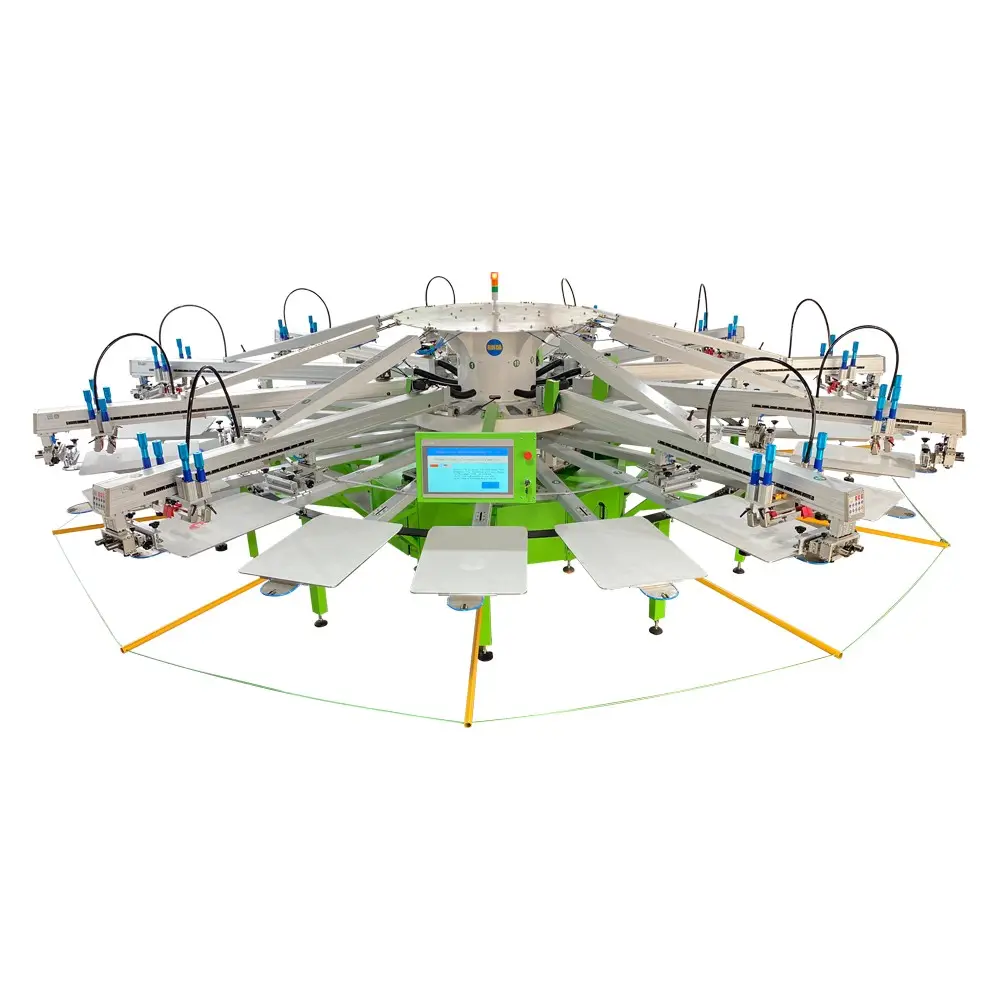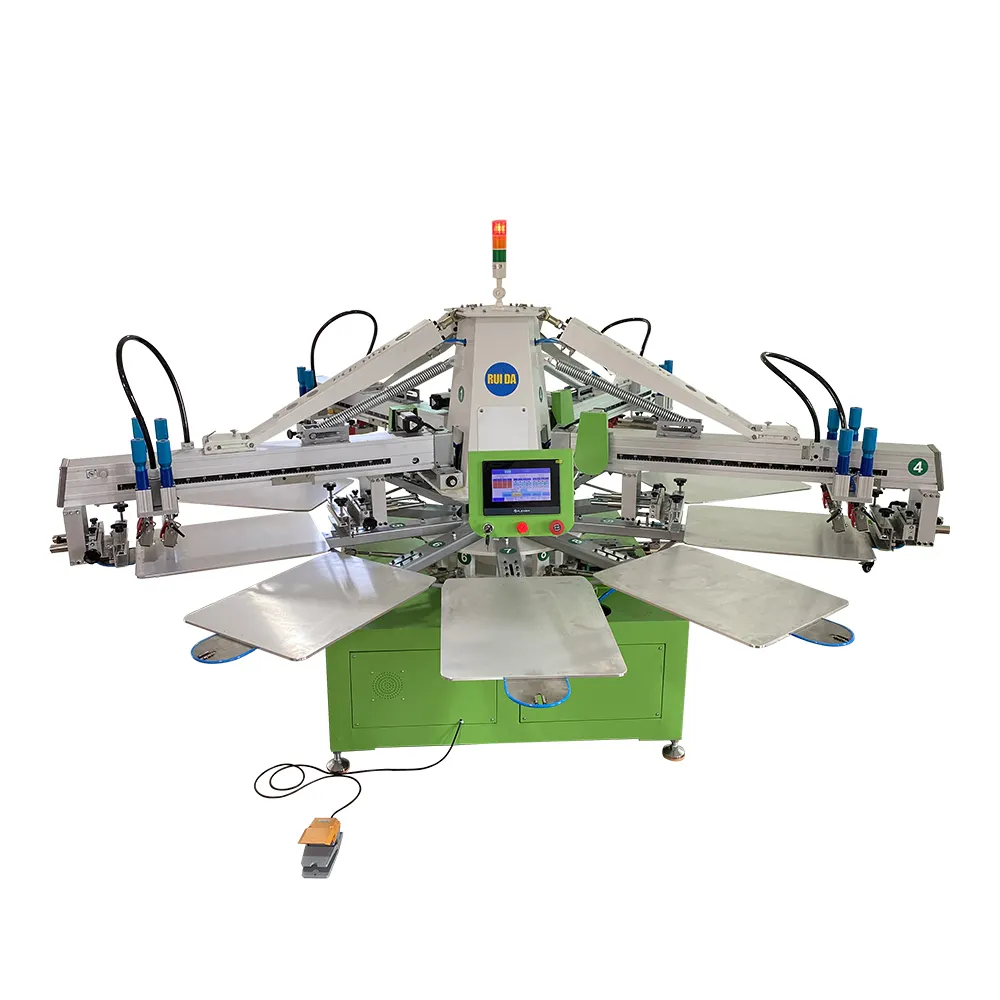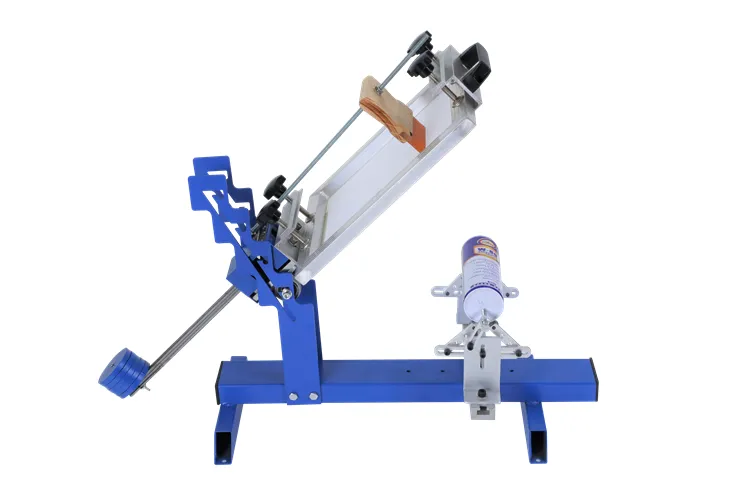طباعة شاشة بلون واحد
طباعة الشاشة بالألوان الواحدة هي طريقة طباعة متعددة الاستخدام واقتصادية تكلفةً، وقد ثورة صناعتي النسيج والفنون الرسومية. تتضمن هذه التقنية الطباعية التقليدية دفع الحبر عبر قencil القماش إلى المادة المراد طباعتها، مما يخلق انطباعات دقيقة ودائمة. تبدأ العملية بإنشاء شاشة باستخدام شبكة دقيقة ممدودة على إطار، حيث يتم إغلاق المناطق التي لن يتم طباعتها، وتترك مناطق الشبكة المفتوحة لمرور الحبر. تسمح هذه التقنية بالطباعة على مجموعة متنوعة من المواد، بما في ذلك النسيج، الورق، البلاستيك، الزجاج، والمعدن. ما يجعل طباعة الشاشة بالألوان الواحدة ذات قيمة خاصة هو قدرتها على إنتاج نتائج جريئة ومشرقة مع تغطية ممتازة ومتانة. تتضمن العملية إعدادًا دقيقًا للشاشة، اختيار الحبر بدقة، وتطبيق ضغط متحكم به أثناء مرحلة الطباعة. تطورت طباعة الشاشة بالألوان الواحدة الحديثة لتشمل مواد وتقنيات متقدمة، مما يحسن الكفاءة والجودة مع الحفاظ على بساطتها الأساسية. هذه الطريقة مميزة بشكل خاص للمشاريع التي تتطلب درجة عالية من عدم الشفافية على المواد الداكنة، وإعادة إنتاج متسقة للتصاميم، ومتانة في المنتج النهائي. توفر مرونة طباعة الشاشة بالألوان الواحدة يجعلها الخيار المثالي لإنتاج كل شيء من القمصان المخصصة والمواد الترويجية إلى العلامات الصناعية والطبعات الفنية.


